Our hospitals won’t cope with a mass-casualty event
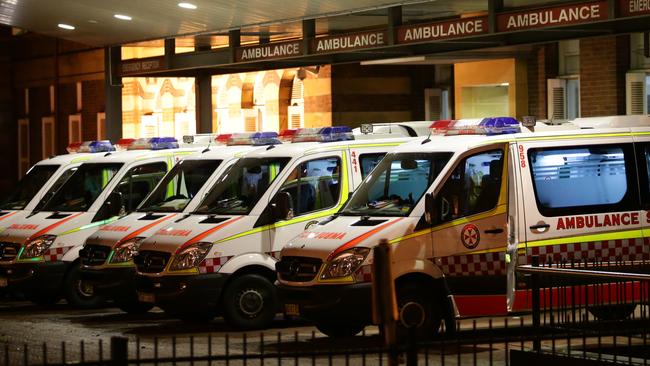
This month a caravan was found in Sydney packed with explosives with a note in the vehicle listing Jewish addresses, including a synagogue.
Places of worship have long been terrorist targets because of their symbolic value and limited security measures.
And like public transport, sporting arenas, and entertainment precincts, they have a high concentration of people.
Explosives remain a favoured terrorist weapon.
There are many sectors in Australia that use explosives: military, mining, rural, construction, demolition, special effects, fireworks, and metal working.
The security of explosives is regulated. But people who want to will get their hands on them.
Unfortunately, there is no public reporting of bomb incidents in Australia, so it’s difficult to discern trends. The Australian Bomb Data Centre that used to collect and disseminate information relating to the criminal use of explosives closed some years ago.
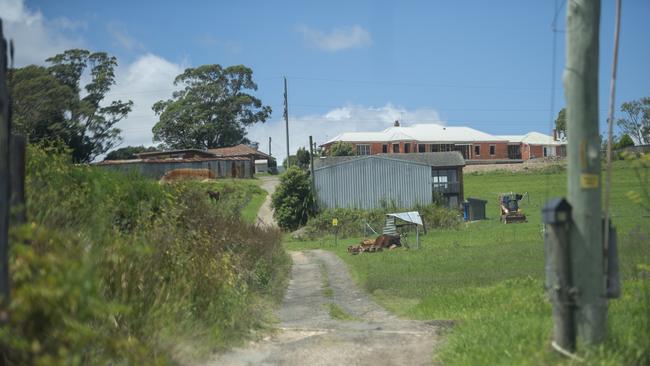
Explosives can inflict mass casualties because of proximity to the initial explosion, secondary penetrating injury due to flying shrapnel, and blunt injury due to patients being thrown by the force of the blast or crushed by infrastructure.
Penetrating wounds can be due to the bomb casing, and secondary fragmentation from street furniture and other fittings that are projected by the blast. Another major source of injury is flying glass, which can result in blinding.
The type of injuries and the number of people injured will vary depending on the surrounding physical environment, the amount and quality of the explosive, the distance and shielding between victims and the blast, and structural failure following the explosion. This is all well explained by Don Williams, an internationally recognised bomb risk manager, in Bomb Safety and Security: The Manager’s Guide.
Blast injury victims often suffer multiple penetrating and blunt injuries to various body regions (including head, face and chest), serious burns, and traumatic amputations of limbs.
There would be an immediate fatality rate of 13 per cent, and 30 per cent hospitalisation rate for survivors.
In our view, a mass casualty event would likely overwhelm our hospital system. Even relatively small numbers of severely injured, say about 20, would result in overwhelming capacity.
Covid showed the limited availability of ICU beds. Most first aid personnel and emergency medical staff aren’t well trained in identifying and treating blast injuries.

If a bomb went off in a sporting stadium, for example, and there were 280 critically injured patients, one-third of these wouldn’t be able to have access to an operating theatre because there wouldn’t be enough, and that’s assuming they were empty.
In fact, theatres and intensive care units are always at maximum capacity. When hospitals are accredited every few years there is no process to test their disaster plans as part of that accreditation.
Emergency response exercises should be used to test responses in real time to a mass casualty incident to ensure familiarity with existing plans.
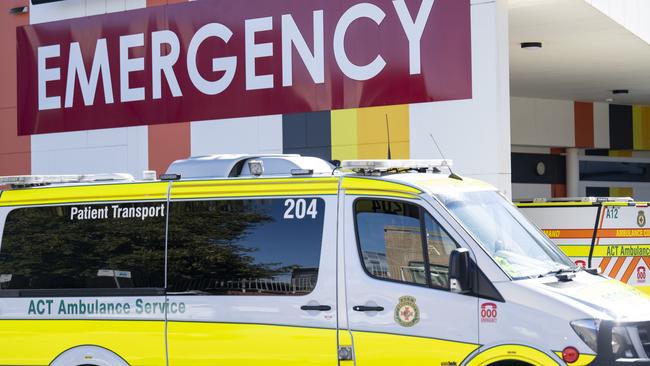
These exercises should also evaluate the ability of each major trauma service hospital to “surge up” in capacity, such as available operating theatres and intensive care beds.
This evaluation should include an assessment of appropriately trained clinical staff (including surgeons and intensive care physicians) to provide appropriate care for these patients.
Take Sydney as an example. The last large-scale field exercise to test triage, movement of casualties, disaster victim registration and the capabilities of ambulance and health services when faced with a mass casualty scenario was held nearly a decade ago.
The scenario focused on the crash of a large airliner near Sydney airport. But the exercise didn’t really test how well we’d do even in the pre-hospital environment after a mass casualty event and ensuring the right patients were transported to the right hospitals, or even what would happen to these patients once they arrived at the hospitals.
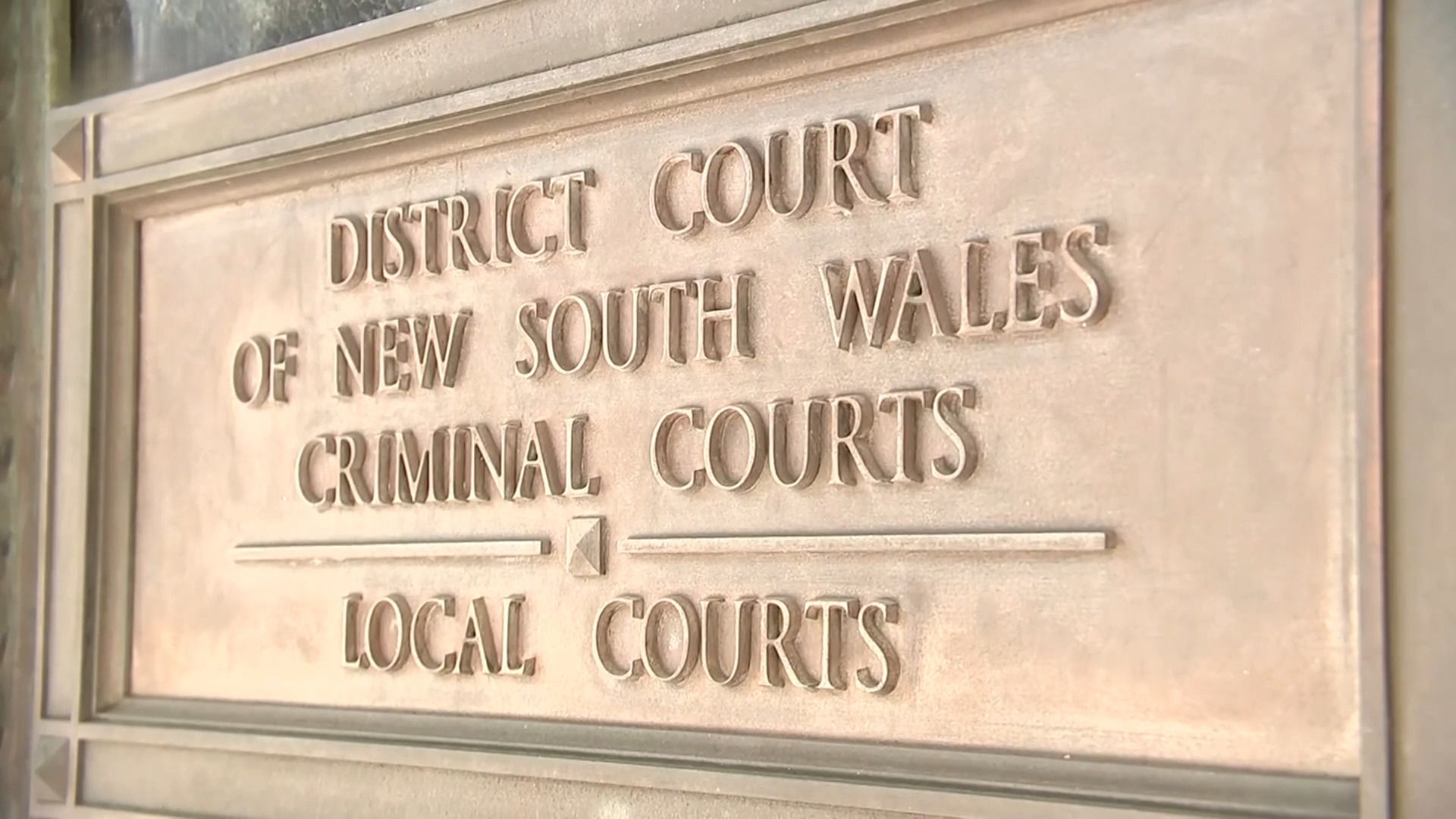
The mass casualty component was based entirely at the simulated ground zero of the crash where a casualty clearing station was established without the actual transportation of “patients” to hospital.
The disaster victims consisted of 500 corflute “persons”.
But using plastic cutouts of victims to represent many types of injuries and deceased people undermined the ability to assess how effectively the emergency services could co-ordinate a mass casualty attack.
Firefighters could “carry” multiple critical patients because they were cardboard cutouts. The ambulance service had many university paramedic students, something that wouldn’t occur in an actual event.
But critically, the surge capacity of the hospital system, in particular emergency departments and intensive care units, wasn’t tested, nor was the movement of cases through Sydney hospitals.
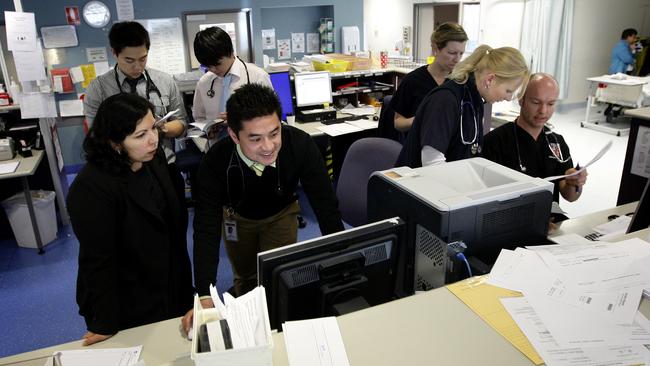
In Melbourne, there hasn’t been a large-scale disaster exercise to test the hospital system for over 20 years. Blast injuries pose different challenges to those posed by the 2009 Victorian Black Saturday bushfires. Although there were tragically 173 deaths in these fires, there were relatively few major burns patients (24) and these patients were able to be appropriately managed due to excellent pre-hospital triage and the local major burns hospitals’ ability to maintain considerable surge capacity.
Most hospitals don’t rehearse their disaster plans to see how they’d manage with even a small number of injuries, and most major hospitals would struggle to manage more than 10 to 24 seriously injured patients.
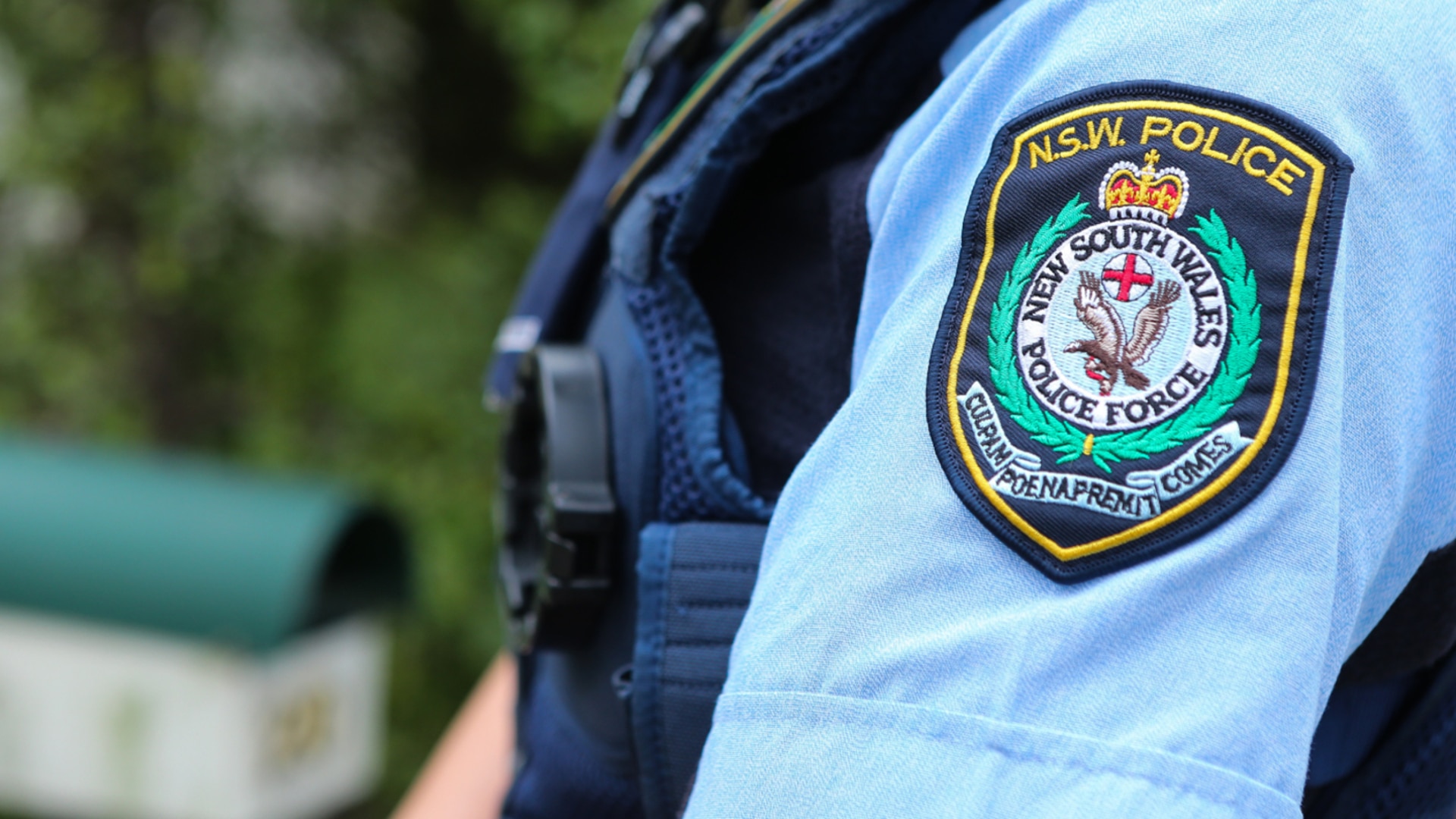
Disaster exercises should be compulsory and realistic encounters for our healthcare system in responding to mass casualty events. They should include actual movement through the city to actual hospitals. We must examine the full emergency medical cycle within the trauma hospitals. This requires a “whole-of-service chain” activation: hot zone and tactical emergency medical response, pre-hospital care, retrieval, emergency department, operating theatres and intensive care beds as well as after-care for these severely traumatised patients.
A study undertaken in 2007 on surge capacities in emergencies in our hospitals, the SCOPE (surge capacity for people in emergencies) study, predicted our hospitals would be overwhelmed in the event of mass casualty events in terms of the numbers of seriously injured patients needing access to operating theatres, with a similar lack of access to ICU beds for the critically injured and X-ray facilities for less-critically injured patients.
The authors recommended that national co-ordination would be necessary to establish agreed hospital benchmarks (such as operating theatre availability and staff, as well as intensive care beds). As far as we are aware, this has not happened to date.
We are now able to save the lives of more casualties in mass casualty events since the SCOPE study was prepared.
Another study conducted in 2020 that surveyed the preparedness of 69 major trauma hospitals in Australia, New Zealand, Canada and the UK for mass casualty incidents found there was a need for a focus on real-world disaster drills.
They also recommended that trauma clinical leaders should be closely involved in hospital disaster planning (it’s difficult to believe they are not).
Whether the Australian government should designate a hospital in each state to handle the first wave of victims in any catastrophic event may be debatable. But what is certain is that hospital surge capacity remains one of the most serious challenges for our national security preparedness.
Dr Anthony Bergin is a senior fellow at Strategic Analysis Australia and lead author of Are we ready? Healthcare preparedness for catastrophic terrorism. Dr Tony Joseph is the former trauma director at Royal North Shore Hospital, Sydney, and co-author of the SCOPE study.




